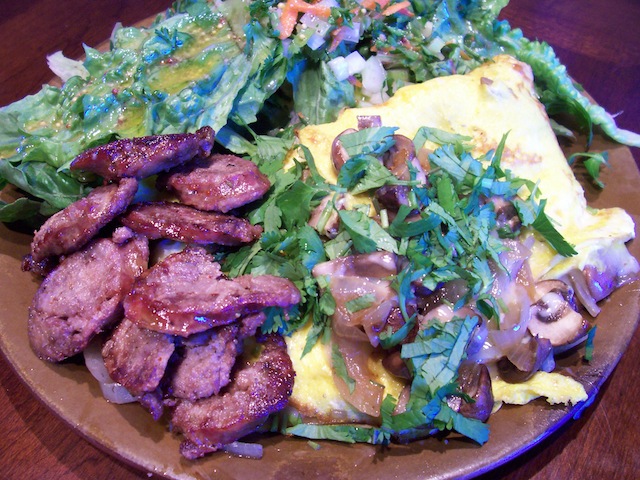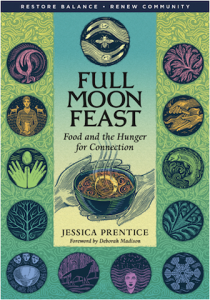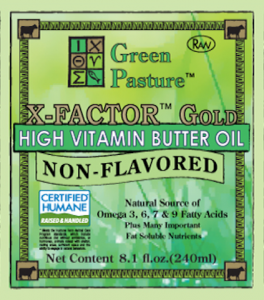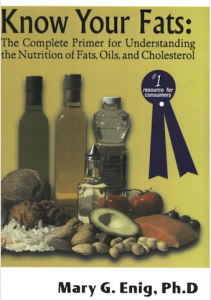
The first step is to learn how to cook. The second step is to find local sources of quality foods. Give yourself time to learn home processing skills. Last year we learned how to make sausage with the help of an experienced neighbor. Learning new skills is a challenge, but the rewards are great!
Recently, I was contacted by Mimi Nakamura, a fourth year journalism student at Thompson Rivers University. She was working on a story in her journalism class regarding local foods in Kamloops. After the interview, I started wondering if other people on a budget might find the information useful. Here is our interview.
1. How did you decide to start the website eatkamloops.org?
I started the eakamloops.org website because I was new to Kamloops and I was finding it difficult to find local food. I wondered if other newcomers were having the same problem. I was a member of the Weston A Price Foundation and decided I wanted to do more for my community so I became a WAPF Chapter Leader. Part of my responsibilities is to maintain a list of local food producers. (Local food producers can be found here.) Doing a website is beyond what the WAPF requires but I thought it would be easier for people to get information about local food this way.
2. Do you personally buy local food? If so, what do you usually get?
My family gets most of our fresh produce and meat locally. We look for organic, un-sprayed and/or pasture-based food. We tend to do large bulk purchases once or twice a year for dried goods and “exotic” foods. When we buy food from farmers we don’t know, we buy certified organic. We buy whole foods and avoid processed foods:
Winter Storage I
Winter Storage II
Presently, we produce a number of products for our own personal use: raw dairy, pastured eggs, pastured fowl, and some produce. We use organic grains, legumes and un-sprayed hay. We give the animals whole food supplements such as kelp, unrefined sea salt, oyster shells, rock minerals, etc.
3. What is the importance of consuming local food?
Local food is important but it is just as important how the food is grown. Ideally, buy local food that is grown using organic principles and/or pasture-based. What’s the good of “local” food that is loaded with herbicides and pesticides filling the local environment with poison? There is a new good reason to buy certified organic foods. Certified organic foods do not allow GMOs. There is mounting evidence that GMO crops are contaminating non-GMO crops, including organically grown crops. No one really knows what will happen to our ecosystem due to these changes in the basic genetic structure of our food crops. (This is a scary thought. These genetic changes are permanent and cannot be stopped.)
4. What is the challenge that local farmers are facing right now?
The greatest barrier for small farmers and ranchers is government regulators with their one-size-fits-all-regulations. We will not have a local food system if those guys get their way. Many of the regulations now needed in the Industrial Food System were caused by the practices of the Industrial Food System itself. I would like to see consumers being able to buy directly from the farmer or rancher without onerous government regulations. Read some of my posts on raw milk. Just remember, this issue has nothing to do with ?safety? and everything to do with ?control?. I talk about this sad state of affairs in Speak Softly and Carry a Big Stick.
5. Do you have any suggestions for university students to buy local food but stay on their grocery budget? (Any suggestions for cheap but healthy local food diet?)
Everyone’s situation is different but I would suggest a student read 25 Steps to Nourishing Traditional Foods and Where to Start: Limited Time and Budget. The student should try to work on one new step every two weeks. Some steps are easy, others are costly, and some require planning. Many of these steps will save money in the short and long term. Having a stable household would be ideal but for many students this would be difficult. Before looking for “cheap” food, a student should get reacquainted with their kitchen and learn how to cook real food. Without the skills to cook whole foods, the food will go to waste which would be costly for the student. After the student masters cooking with whole ingredients, the student should stop eating processed foods out of the Industrial Food System. The Industrial Food System specializes in “cheap” convenience foods but the student will pay again and again with their health. Cheap food isn’t very cheap when a student is always sick and weak.
At the same time, my family eats extremely well, cheaply. We produce many expensive foods ourselves by putting in our own labor. We are very careful about how we feed and treat our animals so the food we produce is of the highest quality. Foods we do not produce ourselves, we get in bulk from quality sources. We eat our meals together at home and we almost never eat out. When we are traveling we bring our own food.
I have another suggestion for the starving students looking for good, cheap food. I just found a new website by Arabella Forge. She is the WAPF Melbourne Chapter Leader and has just written a new book called Frugavore. Unfortunately, her book is not available in North America yet, but her website is very helpful. Take the Frugavore Challenge!
Frugavore introduces modern readers to the fundamentals of peasant cuisine, in which nothing is wasted, every part of the animal eaten, abundance from the garden preserved in traditional ways, and delicious meals prepared from scratch with fresh, local ingredients.
Thumbs Up Book Reviews by Sally Fallon
Updated December 9, 2010: Wendell Berry has been writing passionately about local food and farming issues for over forty years. For more information please read Wrong Turn and Are you a producer or a consumer?
Updated Feburary 13, 2011: I got out of school during in the late 1980s during a really bad recession. It was impossible to find work and it was one of the reasons I ended up starting my own business. During those early years I read a book that changed the way I looked at money. The book is called Your Money or Your Life by Joe Dominguez and Vicke Robin. I would highly recommend this book for any young person getting out on their own and trying to get control of their finances. I also got a chance to read Frugavore. It’s a fun book with great money saving recipes.






